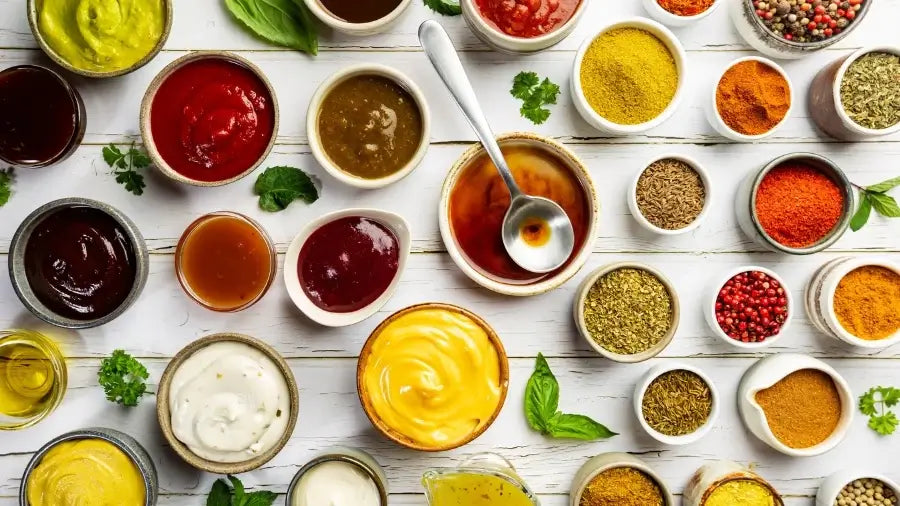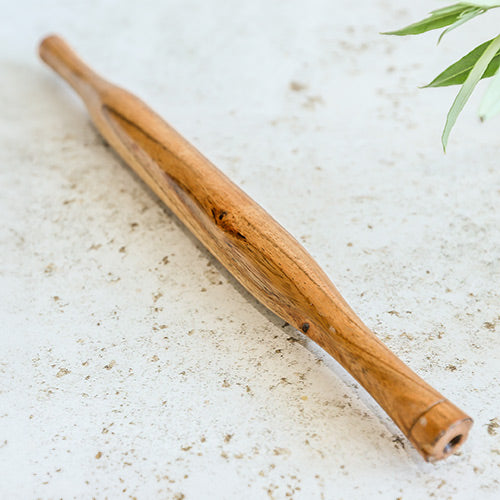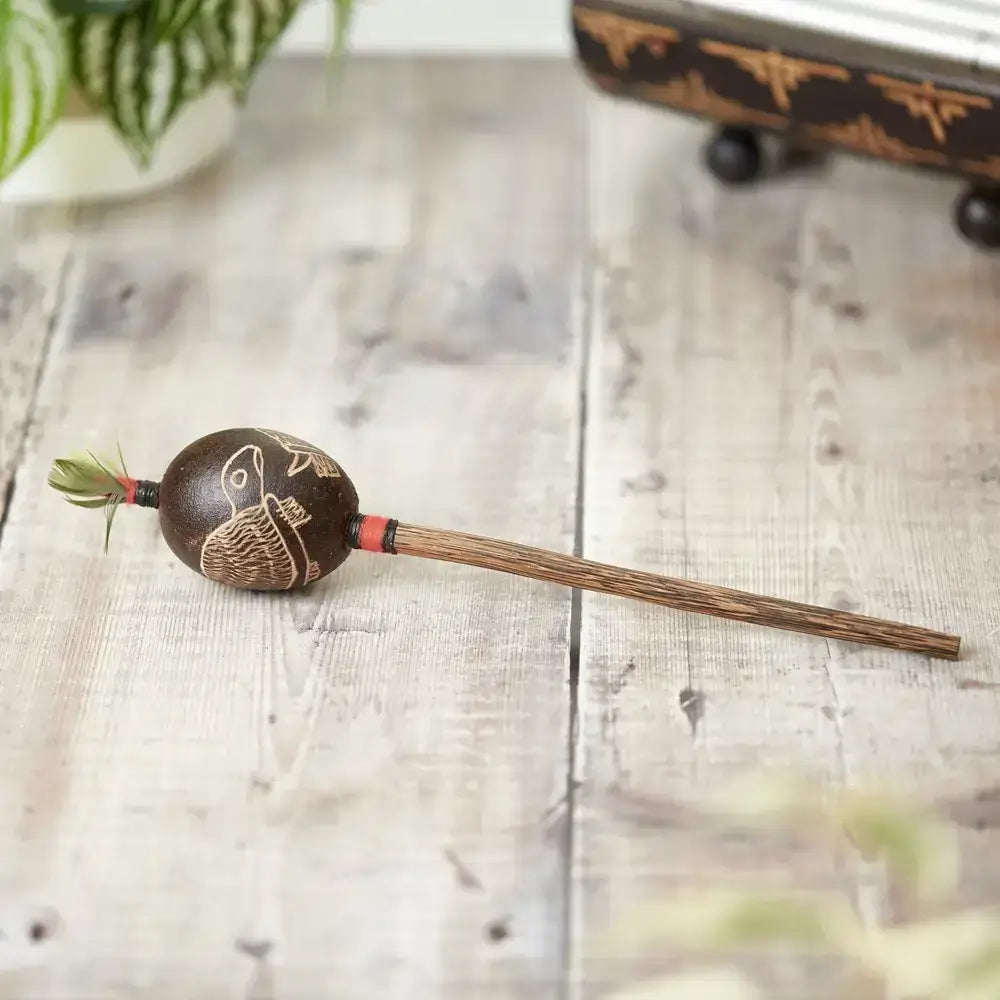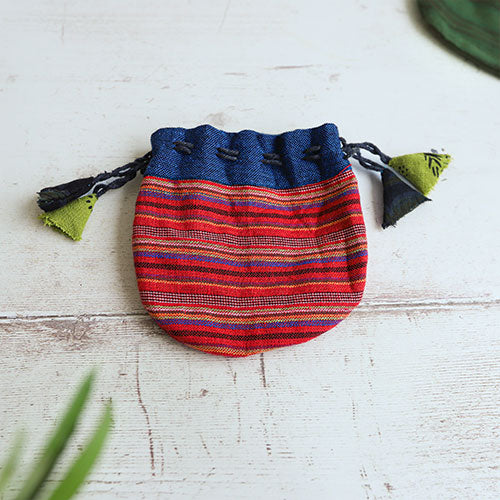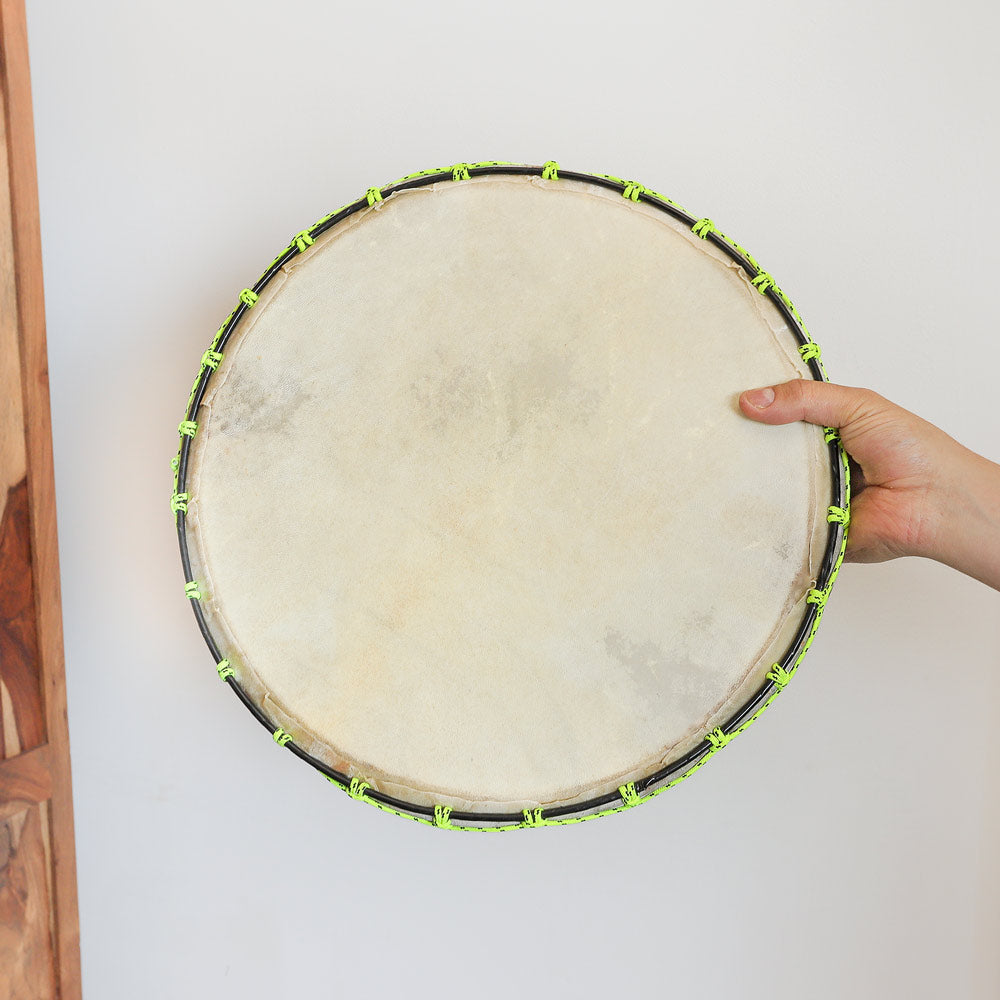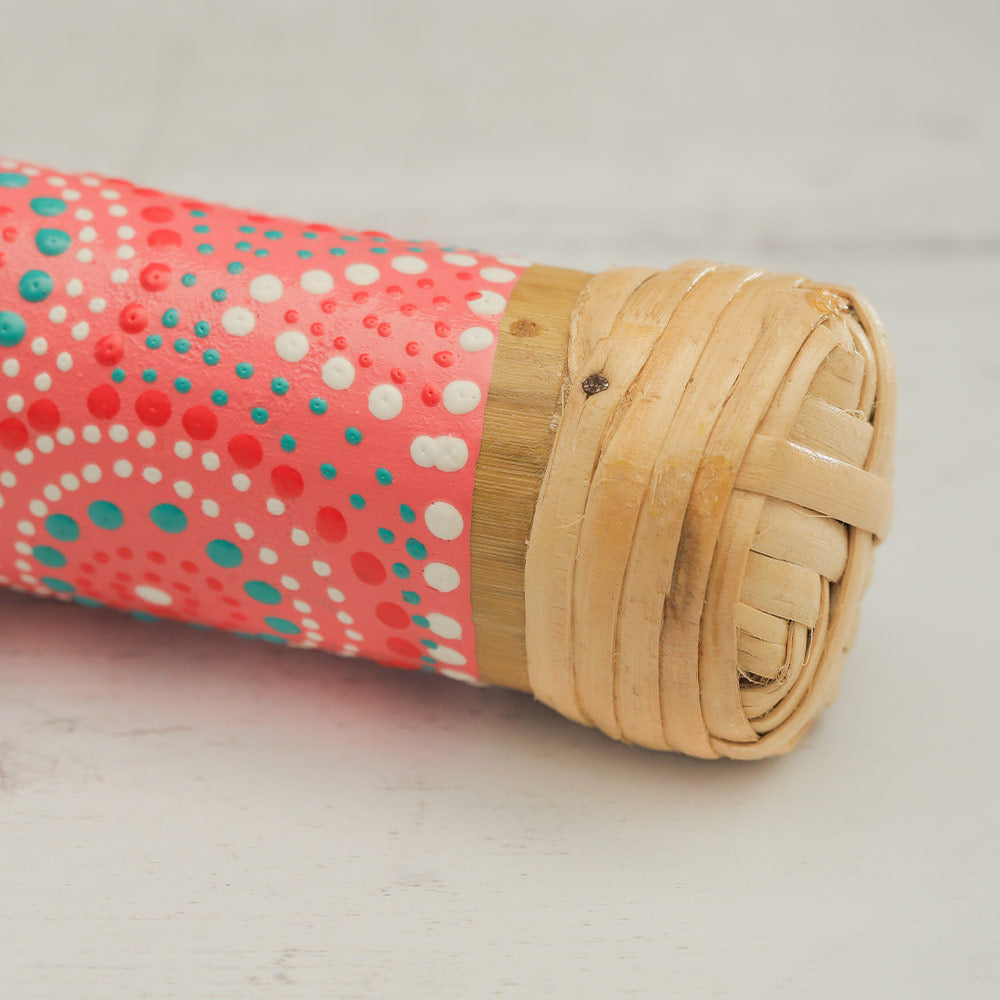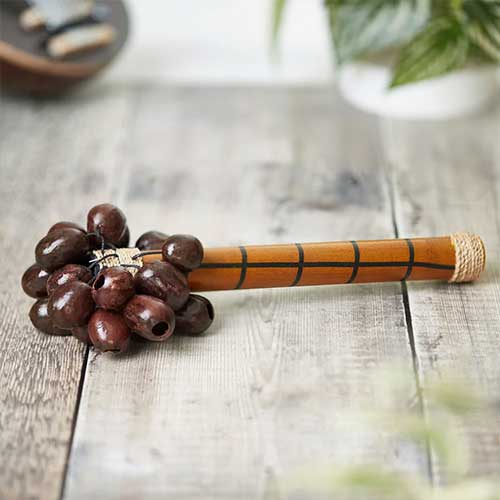Without sauce food would be dry and bland and despite everything that sauce does for us it still gets pushed to the side. That is why in this post, we will be introducing you to the most popular sauce recipes from around the world so that they can take centre stage for once and you can dip, pour, scoop and enjoy because life is better with sauce.
1. Seafood Cocktail Sauce - United States
This seafood cocktail sauce is also known as thousand island or Marie-rose. It originated in the united kingdom and pairs perfectly with prawns, seafood, steak and chips. The ingredients needed to make it are: Mayonnaise (3tbsp) Ketchup (2tbsp) Worcester Sauce (Dash) Paprika (Pinch) Lemon Juice from half a lemon.
2. Tomato Ketchup - United States

Tomato ketchup, the world’s most popular dipping sauce, is used everywhere—from German hamburgers to Japanese omurice, and it’s my go-to for chips, chicken nuggets, and scrambled eggs. Homemade ketchup is healthier with less sugar but doesn’t keep long.
You can make a batch in five minutes, or use it as a base for barbecue sauce. For the best flavor, fresh onions, garlic, celery, and sieved tomatoes cooked for an hour are needed. This sauce balances flavor, convenience, and health. Notably, Israel banned Heinz ketchup for low tomato content and unhealthy high fructose corn syrup.
These are the ingredients: Double concentrate tomato puree (300g), Sugar (80g), White wine vinegar or Apple cider vinegar (60ml), Water (3tbsp), Onion powder (2tbsp), Garlic powder (1tsp), Sea salt (1tsp), Cinnamon powder (1tsp), Black pepper (1tsp)
3. Mint Sauce - United Kingdom
The homemade mint sauce can be made quickly and goes perfectly with roast lamb. When we go for a Sunday roast, the most common thing for someone to say is, "do you have any mint sauce?" It is supposed to pair with lamb, but it goes with any meat and even tastes great with roast potatoes.
You can also use the homemade mint sauce in your salad dressing to make it taste more exciting, or you can add it to marrowfat peas to make minty mushy peas. When you are eating spicy curry and make up a batch of cucumber raita to cool it down, consider adding a little mint sauce into the yoghurt and cucumber for a twist that will cool the dish down.
To make this sauce you will need 1 cup of fresh mint, 1 and a half tablespoons of sugar, three tablespoons of boiling water and two tablespoons of white wine vinegar.
Method
- Separate the mint leaves from the stalks. For the mint sauce, you will be keeping the leaves and discarding the stem. Gather the mint leaves on the chopping board with the sugar and roughly chop. Transfer the mint and sugar to a pestle and mortar, add the water and mix - slightly crushing the mint with the pestle to release the aroma and extract the flavour.
- Then you will need to add the vinegar and mix well. Finally, leave the mint sauce to stand for an hour and then it is ready to use. You can refrigerate it for one week.
4. Cranberry sauce - United States
Cranberry sauce, similar to jam and sometimes called cranberry jam or jelly, originated in New England and was first sold in 1912. Commonly served with roast dinners for Thanksgiving in the US and Christmas in the UK, it’s most popular seasonally and often paired with turkey.
Canned versions appeared in 1941 and are widely available. Making cranberry sauce is easy with three ingredients in 20 minutes; substituting water with orange juice adds flavor. This recipe yields about 311g. Shop-bought sauce lasts 6 weeks opened due to high sugar; homemade lasts 2 weeks refrigerated or 6 months frozen and is vegan-friendly.
Ingredients
- Sugar (100g)
- Water (120ml)
- Fresh or frozen cranberries (200g)
- Chopped nuts, orange zest, dried fruits, spices (Optional)
Method
- If you use fresh cranberries, you will want to place them into a colander and rinse them. Discard any damaged or bruised cranberries. If using frozen cranberries, you can skip this step.
- Place water and sugar in a saucepan, bring to a boil, and then stir to dissolve the sugar.
- Add the cranberries to the saucepan and bring the water back to a boil. Reduce the heat and simmer for about 10 minutes or until most cranberries have burst.
- If you are using the optional ingredients, you can add them now. We recommend about grams of chopped nuts and a pinch of orange zest. Some people like to add dried fruits such as currants, cherries, or raisins to add more sweetness to the sauce. Spices that work well are cinnamon, nutmeg and allspice but add what you like. Shop brought cranberry sauce doesn’t usually contain any of these optional ingredients, so feel free to leave it as it is.
- Remove the saucepan from the heat and cool completely at room temperature. After that, transfer it to a container and place it in the fridge; the sauce will thicken as it cools.
- If your cranberry sauce is too runny, it will thicken as it cools, but you can cook it longer to evaporate excess liquid, especially if using frozen cranberries that contain more moisture. To rehydrate dried cranberries, cover them with hot water and let stand for about 20 minutes.
5. Hollandaise Sauce - France
 Hollandaise sauce is a buttery sauce from Holland, is typically served over eggs Benedict or Royale. My favorite lunch is sourdough toast topped with smoked ham, poached eggs, and hollandaise. Sadie used to order this out, but now she makes it at home as a special treat. Though hollandaise can be tricky and waste ingredients, our simple recipe is foolproof—just add all ingredients to a blender for perfect sauce every time.
Hollandaise sauce is a buttery sauce from Holland, is typically served over eggs Benedict or Royale. My favorite lunch is sourdough toast topped with smoked ham, poached eggs, and hollandaise. Sadie used to order this out, but now she makes it at home as a special treat. Though hollandaise can be tricky and waste ingredients, our simple recipe is foolproof—just add all ingredients to a blender for perfect sauce every time.
Ingredients
- Egg yolks (3)
- Lemon juice (1 tbsp)
- Dijon mustard (1 tsp)
- Salt (1/4 tsp)
- Cayenne pepper (pinch)
- Melted butter (1/2 cup)
Method
- Firstly, melt your butter in a saucepan on low heat. Alternatively, you can do it in the microwave if you would prefer.
- Combine the egg yolks, dijon mustard, salt, cayenne pepper, and lemon juice in a blender for about 10 seconds until the ingredients have mixed.
- Keep the blender going and slowly pour in the hot melted butter to emulsify the sauce.
- Finally, pour the hollandaise sauce over the eggs benedict, eggs royale or keep it in a bowl for people to self serve.
6. Tartare Sauce - France
The classic sauce that goes great in a fish finger sandwich, on top of some fishcakes or on the side of battered fish, chips and mushy peas. Its made by chopping combining these ingredients: Gherkin Cornichons (Handful) Capers (Handful) Fresh Parsley (Few sprigs) Lemon Zest Lemon Juice (1 Lemon) Sea Salt (Pinch) Mayonnaise (150g)
7. Mayonnaise - France

A french chef created mayonnaise in 1756. So it has been loved and used for many years since its first appearance. The type of blender used is very important, it should be high powered, and if you use a large jug blender, you may need to blend for longer to ensure that the mayonnaise has enough contact with the blade to emulsify.
If you are using a food processor that is on the smaller side, that will work better than a large blender. Many people can make mayonnaise by hand with an electric whisk or manual. It just takes more effort and work.
Ingredients
- Egg room temperature (1 large)
- Dijon mustard (1 tbsp)
- White or red wine vinegar (1 tbsp)
- Fine sea salt (1/4 tsp plus extra to taste)
- Neutral flavoured oil such as canola, groundnut or rapeseed (240ml)
- Fresh lemon juice (1 tsp) optional
Method
- Add the egg to your chosen blender/food processor and whizz for 20 seconds (longer if you are doing this by hand). Add in the dijon mustard, salt and vinegar and blend for another 20 seconds, do not over blend.
- Get a spatula and scrape down the sides of the bowl/blender to ensure the liquid is all near the blade. Turn on the processor and slowly pour in the oil until a quarter of the oil has been added to the mixture.
- When the mixture is thicker, slowly add more oil to get the right consistency. Once all of the oil has been added, stop the blender, scrape the sides again to ensure everything is next to the blade and process for 10 seconds.
- Turn off the blender and taste your mayonnaise, and season with extra salt, vinegar or lemon juice if it needs it.
- If the mayo is not thick enough, put it back into the blender and add a little more oil until it thickens.
8. Caesar Salad Dressing - Mexico
Caesar salad is surprisingly from Mexico, is the US’s most famous dish and often served as a side or starter in Italian restaurants. It features romaine lettuce, grilled chicken, parmesan, and croutons. The classic dressing is essential, with optional olive oil and olives for an Italian twist. Caesar salad can aid weight loss if eaten in moderation or with a balanced meal; swapping regular mayonnaise for low-fat and adding veggies makes it healthier and more colorful.
Ingredients
- Garlic clove (1 minced)
- Dijon mustard (1/2 tbsp)
- Lemon juice (1 tbsp)
- Mayonnaise (1/2 cup / 115g)
- Worcestershire sauce (1 tsp)
- Grated parmigiano (1/4 cup / 22 g)
- Salt (1/8 tsp)
- Black pepper (1/8 tsp)
Method
Get a medium bowl and mix the garlic, dijon mustard, Worcestershire sauce and lemon juice together. Once well combined add in the mayonaise, cheese, pepper and salt, give it a whisk until smooth and well mixed. Taste and adjust with more vinegar, salt and pepper if needed. This dressing will last around a week in the fridge as long as it is covered well.
9. Chunky Tomato Salsa - Mexico
Tomato salsa takes 15 minutes to make and serves 4. This dairy- and gluten-free, vegetarian, vegan salsa pairs well with breadsticks, tortilla chips, cheddar, sour cream, and guacamole. Unlike bland store-bought versions, it’s fresh with cucumber, coriander, lime, vinegar, tomato sweetness, and garlic spice.
Known as Pico de Gallo or Salsa Fresca, jalapeno adds heat—add chili if you like it spicy. Store leftovers in a glass jar in the fridge for 3–5 days. Use any tomatoes, but vine-ripened ones have the best flavor. Salsa also pairs with pitta bread, meat, pasta, eggs, fish, and grilled veggies. I enjoy it with flatbread, guacamole, garlic mayo aioli, hummus, and tzatziki. For added sweetness, stir in a tablespoon of tomato ketchup after it’s finished.
Ingredients
- 10cm chunk of cucumber
- A handful of fresh cherry tomatoes or tinned diced tomatoes
- Juice from half a lime
- 1tbsp of vinegar (white wine vinegar or malt)
- A small handful of coriander
- 1 clove of garlic
- Sea salt and black pepper
Method
- Cut cucumber into small cubes and place in a bowl
- Dice a handful of cherry tomatoes into quarters and add to the mix
- Add finely chopped garlic
- Add chopped coriander
- Squeeze half a lime into the mixture, add vinegar
- Add a pinch of sea salt and black pepper
- Mix well, and serve!
10. Garlic Aioli - France

The famous garlic mayo goes perfectly with cheesy chips, and a kebab. We have had many nights where hunger strikes and we've cooked up a flatbread and some of this garlic dipping sauce. To make it, chop and combine one garlic clove, one teaspoon of butter, mayonnaise, a pinch of dried parsley and a capful of white wine vinegar.
11. Chermoula - Morocco
Aromatic herbs like parsley and bold spices such as smoked paprika and ginger come together to create this flavourful Moroccan sauce. Traditionally paired with grilled or roasted dishes, it also works wonders as a zesty addition to North African bread.
12. Agrodolce - Italy
Italy is famous for its tomato-based sauces, but a hidden gem from its culinary tradition is agrodolce. This tangy-sweet sauce, made from sugar and vinegar, offers a delightful balance of flavours. Perfect as a glaze for meat dishes or when combined with ingredients like peppers, fruits, spices, or seasonal vegetables.
13. Ginger & Spring Onion Sauce – China
This bold savoury sauce has a delightful onion kick and adds a burst of flavour to almost any dish. It's especially delicious drizzled over ramen, noodles, roasted veggies, or a fried egg. Versatile enough to be used repeatedly, its aroma truly shines when infused in oil—ideal for stir-fries or sautés. For a unique twist, mix it with honey and sesame oil to create a tasty dipping sauce for gyozas and spring rolls.
14. Tkemali – Georgia
This vibrant plum sauce blends European and Asian influences, making it a must-have in the kitchen. It offers a perfect balance of sour and tangy flavors, somewhere between a high-end ketchup and a chutney. Tkemali is frequently paired with potato dishes and meats, with its taste varying based on the ripeness of the plums, ranging from tart green plums to mildly sour red ones.
15. Ponzu Sauce - Japan
Similar to soy sauce but lighter with a zesty citrus twist. A key element in Japanese cuisine, it’s fantastic with summer rolls, sushi, or dumplings. While you can find it bottled in international Asian markets, making it at home is simple and offers a fresher taste.
15. Mango Chutney - India
This sweet and tangy chutney is a staple in many Indian households, with each region adding its own unique touch to the recipe. While it’s commonly served with savoury snacks like samosas, pakoras, and Dhokla, I personally love mango chutney with poppadoms and alongside boiled basmati rice. Enjoy it as a dipping sauce or spread it on a veggie paneer sandwich for extra flavour.
16. Pebre - Chile
This condiment is a spicy spread that's perfect for barbecues, often enjoyed on toasted bread but also great on grilled food, salads, and empanadas. Essentially, it adds a flavorful kick to almost any dish. Rodolfo Guzmán, a chef known for using native Chilean ingredients, has the most authentic recipe, which forms the foundation of many hearty meals.
Have we missed your favourite sauce? Let us know in the comments!

